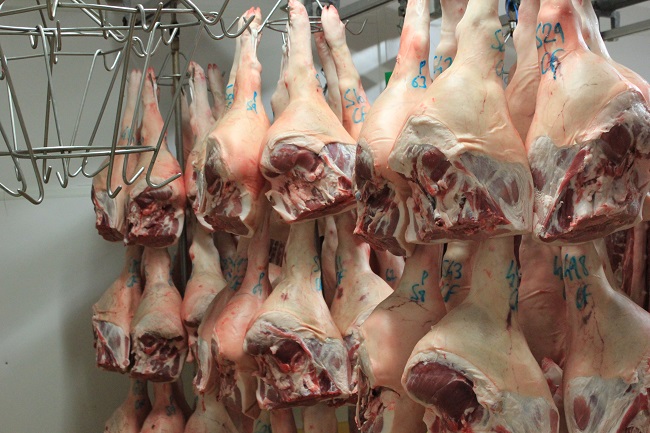
After his visit to artisan cheese producers Agour, Cafe Presse chef de cuisine Pat MacWharter next took a trip to see exactly how the famous Basque ham, jambon de Bayonne, is produced. One of the first things he learned is that to make jambon de Bayonne, you have to start with salt from Salies de Béarn, a town about 35 minutes inland from Bayonne in the foothills of the Pyrenees. Salt from this source is the only salt that can be used in the productions of jambon de Bayonne according to its IGP (Indication Géographique Protégée, which is sort of like an AOC).
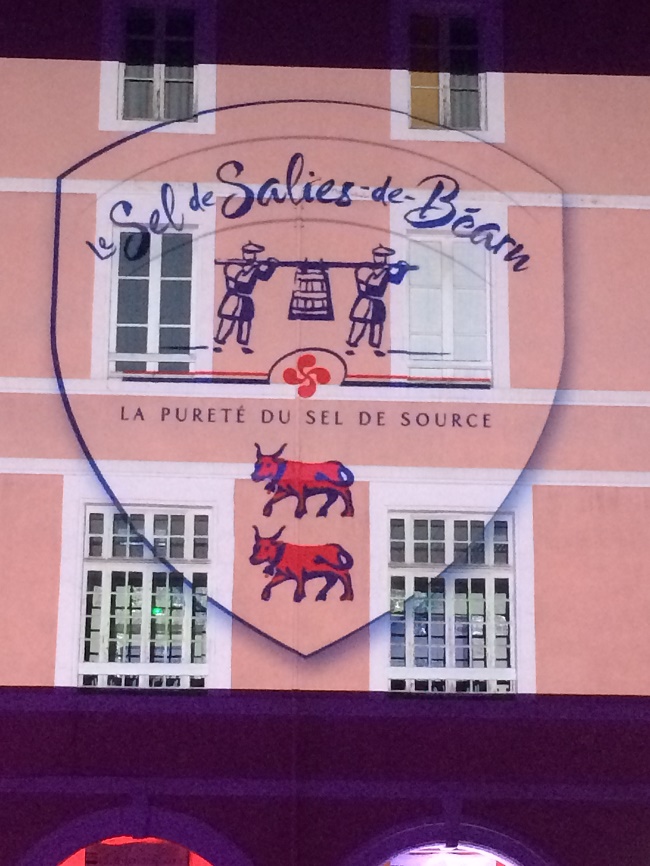
The salt from Salies de Bearn has been reputed for its quality for centuries. The town sits on a huge underground reserve of salt that causes the town’s mineral spring to bubble up water that is 10 times saltier than sea water and loaded with tasty and healthy natural minerals. Since antiquity, this spring water has been evaporated in open air salt pans to yield salt of remarkable whiteness and flavor. (Note: If you ask a local for the story of how this salt source was first discover, they will invariably cite a tale involving Henri IV, a wild boar hunt, and a boar mumified in salt. However, I am skeptical; Henri IV, a local count who rose to become the king of France and Navarre, looms so large in local history that more is attributed to him than can easily be credited).

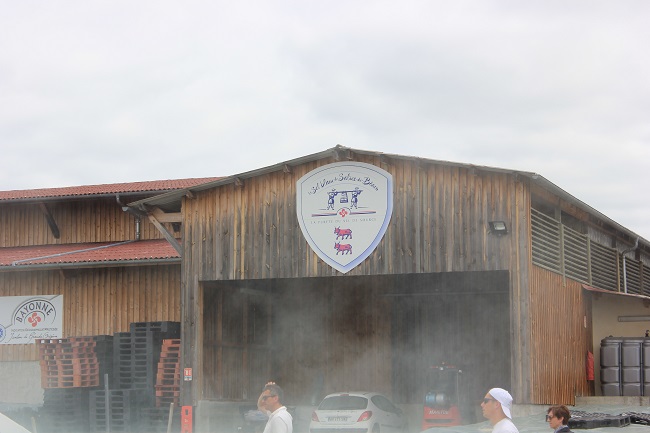
After Salies de Bearn, Pat’s continued to the town of Hagetmau, 45 minutes north and east of Salies, in the region of les Landes. Located on the colorfully named “chemin de l’Abbatoir” (route of the slaughterhouse), Jambon Baillet produces traditional jambon de Bayonne usine the same methods that the family has followed for almost 50 years. In order to assure the highest quality at every stage of the production, Baillet manages the process from the slaughter of the pigs, all raised in the surrounding region of the Adour, to the final aging of the ham.
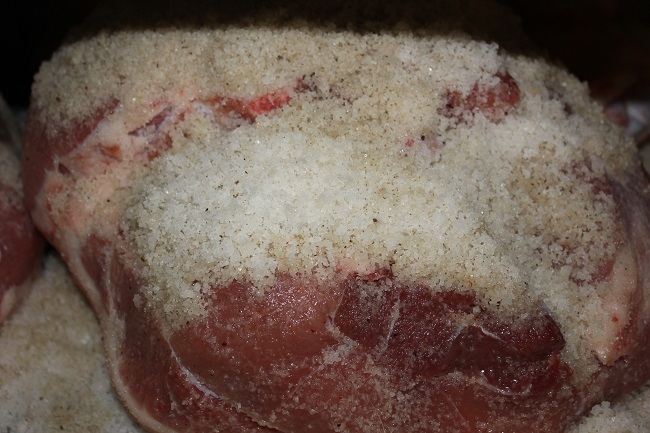
The process for making jambon de Bayonne is simple and involves only two ingredients: top quality pork legs and salt. The hams are rubbed with salt, then left to drain for 10 days in a saloir or salting tub. Then the hams are hung, dried and aged for another 12 months before being ready for market.

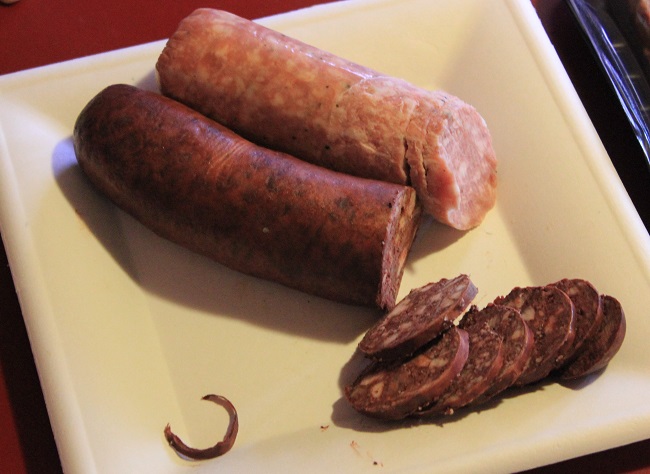
Balliet makes use of other parts of the pig to make confits, fresh and cured sausages, boudin, boiled hams, pretty much anything you can do with pork, which are sold locally and throughout France.
As of today, none of the charcuterie made buy Jambon Baillet is available in the U.S. but plans are that that will change soon. Director Pierre-Emmanuel Brotelande says that the firm has plans to begin exporting their jambon de Bayonne later this year, and one of the regions where it will be available is here in the Northwest. At which time, we will have to taste it against the (excellent) jambon de Bayonne that we are currently serving at Cafe Presse and Le Pichet. You can be sure that the best ham will be the one we will offer our guests!